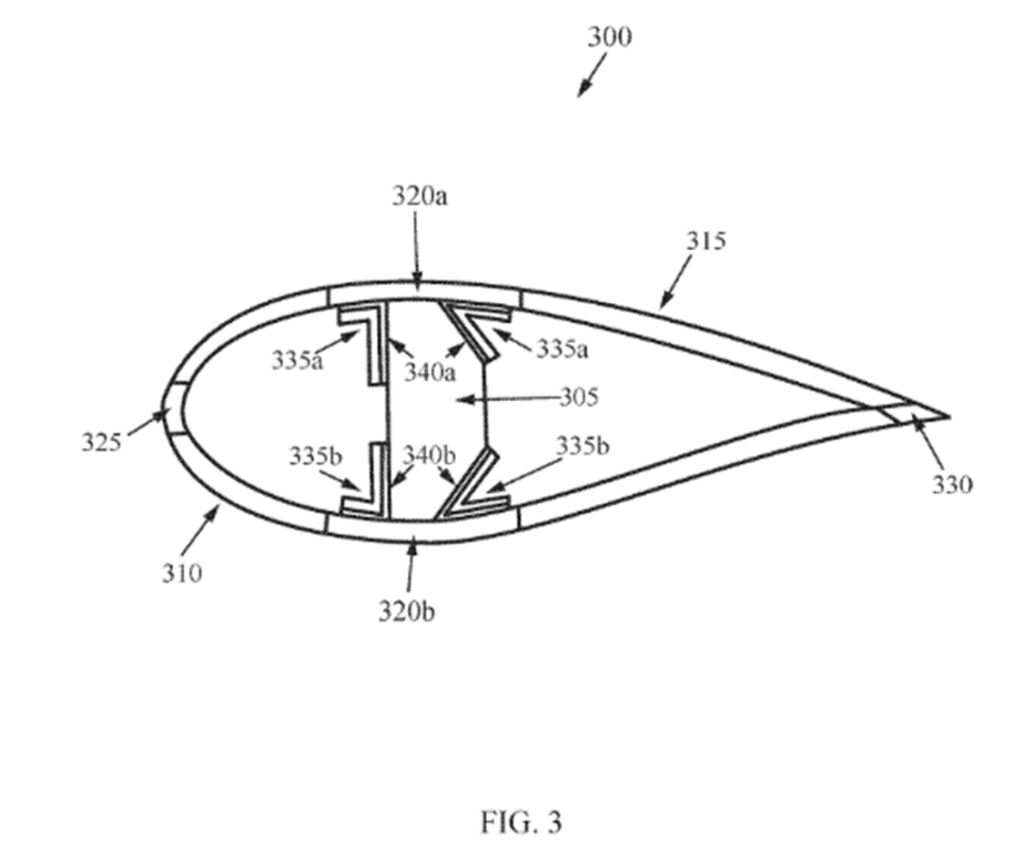10/11/2022
The shift away from fossil fuels to renewable energy sources is well underway, albeit slowly. In 2020, a record 47.1 percent of the electricity generated in the UK came renewable sources, and this doesn’t even include nuclear power. The majority of this renewable energy comes from wind power; something the UK is becoming rather good at. The North Sea is home to the World’s two largest offshore wind farms, with construction of even larger farms already underway in Thames estuary.
This is positive because wind power has the lowest lifetime carbon cost of any power source other than large scale nuclear power. Lifetime carbon emissions for wind power are 99 percent lower than for coal-fired power stations, 98 percent lower than gas power stations, and even a surprising 75 percent lower than solar power.
A Lot of Hot Air?
But hold on, before we give ourselves a collective pat on the back, how sustainable are these giant windmills? Clearly generating the electricity itself does not rely on burning fossil fuels, but what do we do with them once they reach the end of their useful life?
While the steel towers can be recycled using existing recycling pathways, what to do with the blades at the end of their lives remains a challenge. Wind turbine blades are typically made from lightweight fibre reenforced plastic, and sadly most end up in landfill; composite materials being notoriously difficult to recycle. The European Composites Industry Association estimates that by 2025, decommissioned wind turbine blades will account for 10 percent of the global thermoset composite waste.
Today, a limited number of used blades are cut-up and used as filler in concrete. Slightly more creative solutions have been tried in Denmark where old blades have been used to construct bike shelters. Similarly, in Ireland there are plans to use old blades to form attractive foot bridges. Intriguing as these plans are, they will not be enough to account for the shear number of decommissioned blades currently heading for the scrap heap.
Winds of Change
To deal with this growing mountain of used blades, Aker Offshore Wind has collaborated with The University of Strathclyde to develop a novel process to separate the glass-fibre and resin components from composite turbine blades to allow the glass-fibre to be reused. This collaboration has lead to the construction of the UK’s first turbine blade recycling plant. If successful, this technique could represent a key step towards the circular supply chain model needed to keep turbine blades out of landfill.
Others are planning to make turbine blade more sustainable from the get-go. Sustainable energy contactor Alliance for Sustainable Energy, LLC which works for the US National Renewable Energy Laboratory has developed a thermal welding process which allows turbine blades to be manufactured from recyclable thermoplastic rather than the traditional non-recyclable thermosetting plastic. The process, described in patent application number WO 2020/117801 Α1, includes providing copper heating elements between thermoplastic components to facilitate thermal welding, the heating elements remain embedded in the joint once the blade is constructed. Not only does this technique allow the blade to be formed from a more recyclable material, but is also eliminates the need for adhesives which can extend the life of the blade.

In Europe, specialist materials company Arkema has teamed up with the Zero wastE Blade ReseArch (or ZEBRA) consortium in an effort to develop blades which are more readily recycled. As described in patent application number WO 2018/115342 Α1, Arkema has developed a new liquid thermoplastic resin material known as Elium® which may be recycled using either mechanical or chemical processes. In March 2022, the company announced the completion of the worlds largest fully-recyclable turbine blade, having a length of 62 metres.
A Breath of Fresh Air
The outlook for wind power seems relatively positive. What to do with the wind turbine blades remains a problem, but innovative solutions are being found. A bridge here or a bike shelter there may be a novelty, but the real step-change will come from designing the blades with the end-of-life in mind. As with so many industries, this is the only way to close the supply chain loop and make wind power truly sustainable.
This article is for general information only. Its content is not a statement of the law on any subject and does not constitute advice. Please contact Reddie & Grose LLP for advice before taking any action in reliance on it.


